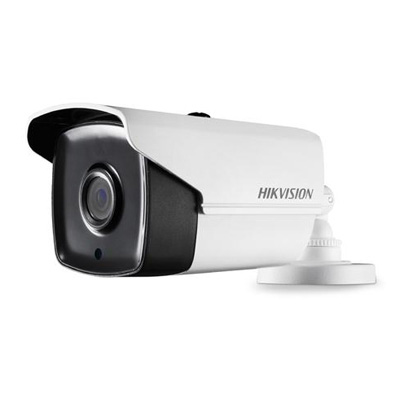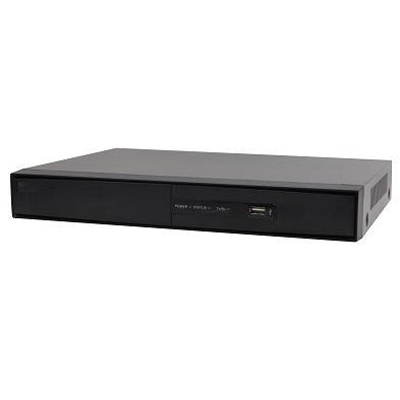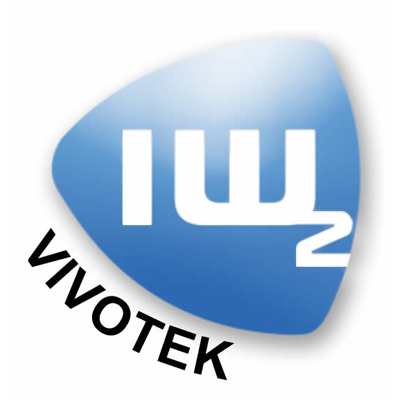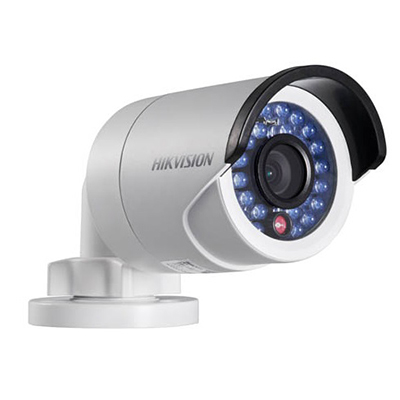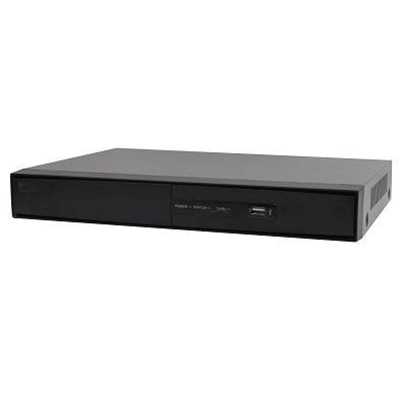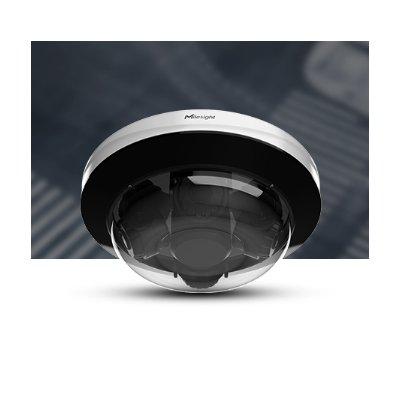Analogue CCTV users can now enjoy HD resolution while safeguarding their investment in existing cabling infrastructure with Hikvision’s launch of its Turbo HD Analogue solution. This revolutionary technology supports latency-free 1080P HD over up-to 500 metres of coaxial cable and offers seamless compatibility with traditional SD cameras, Hikvision IP cameras and HDTVI-compliant cameras and DVRs. At launch, the Turbo HD product family consists of a comprehensive, 32-strong range of Hikvision DVRs and 720P/1080P cameras, including Bullet, Dome, PTZ Dome, Turret, Vari-focal, Vandalproof and Low-Light units.
HD Performance at 1080P/720P
The Hikvision Turbo HD product family is based on HDTVI (High Definition Transport Video Interface) technology and is ideally suited to upgrading existing standard definition systems at low cost. It retains the ease-of-use of an analogue system while offering up to 1080P HD video output.
Open HDTVI Technology for 3rd Party Device Compatibility
All Hikvision Turbo HD products adhere to the HDTVI open standard, which guarantees trouble-free connection to other HDTVI-compliant cameras and DVRs. The Hikvision Turbo HD DVRs can also connect with traditional SD analogue cameras and all Hikvision Turbo HD cameras can access third party DVRs equipped with HDTVI technology from other manufacturers.
Tribrid System – Futureproof by Combining Turbo HD, Analogue and IP
The Hikvision Turbo HD DVR offers simultaneous connections to network, analogue and Turbo HD cameras, auto-detecting the incoming signal and recording accordingly. This means that existing systems can be upgraded simply by replacing the current cameras and DVR while new areas may be covered with the addition of IP network cameras.
Up-to 500m HD Transmission via Coaxial Cable
Hikvision HDTVI technology guarantees up-to 500 meters of high-quality and reliable transmission at 720P / 1080P via coaxial cable. A conventional analogue solution will struggle to achieve this resolution while HD-SDI solutions are limited in terms of long distance capability. This makes Hikvision Turbo HD a perfect solution to fit all requirements. In addition, the Turbo HD Analogue solution supports UTC for remote set-up and configuration, and enables control of the OSD menu and PTZ control via coaxial cable. This means that users no longer have to go to the camera to make changes and enables much faster and easier camera installation and management.
According to Keen Yao, International Marketing Director of Hikvision, “Turbo HD is a hi-tech tour-de-force in zero-latency, long distance HD-over-coax that demonstrates our commitment to pushing the boundaries of CCTV technology. Until recently, the only option for HD CCTV resolution was the wholesale adoption of IP cameras and their associated technology. Now, with the launch of the Hikvision Turbo HD Analogue solution, users can enjoy 720P/1080P without even upgrading to IP or even replacing their existing cabling structure.”








